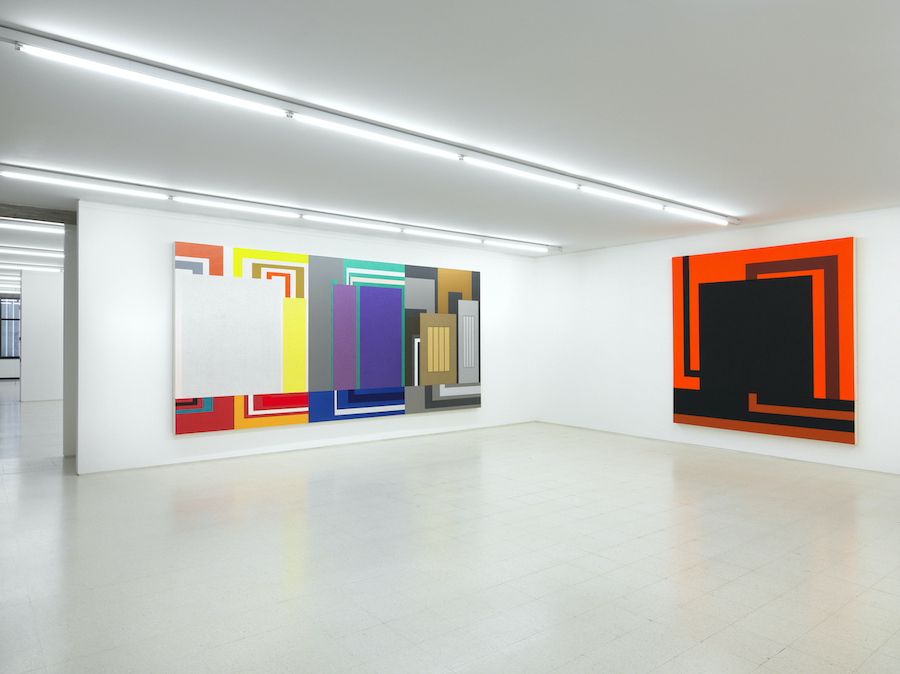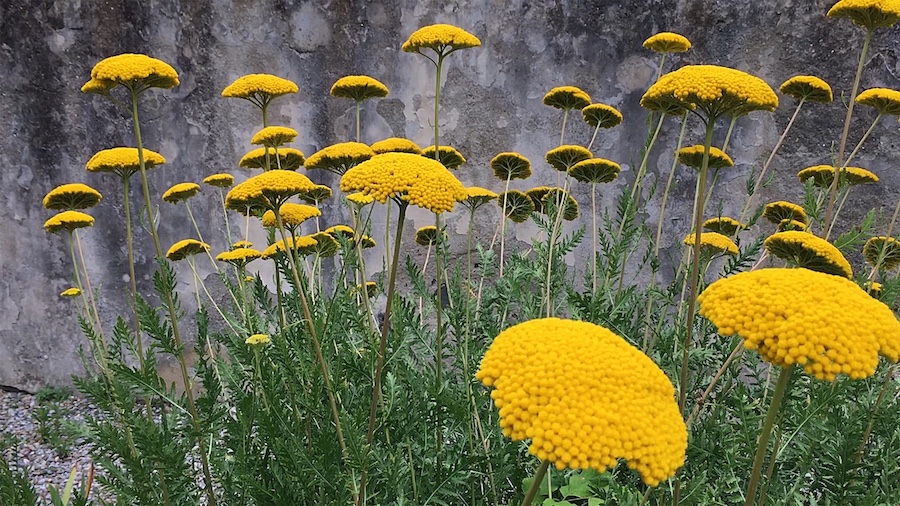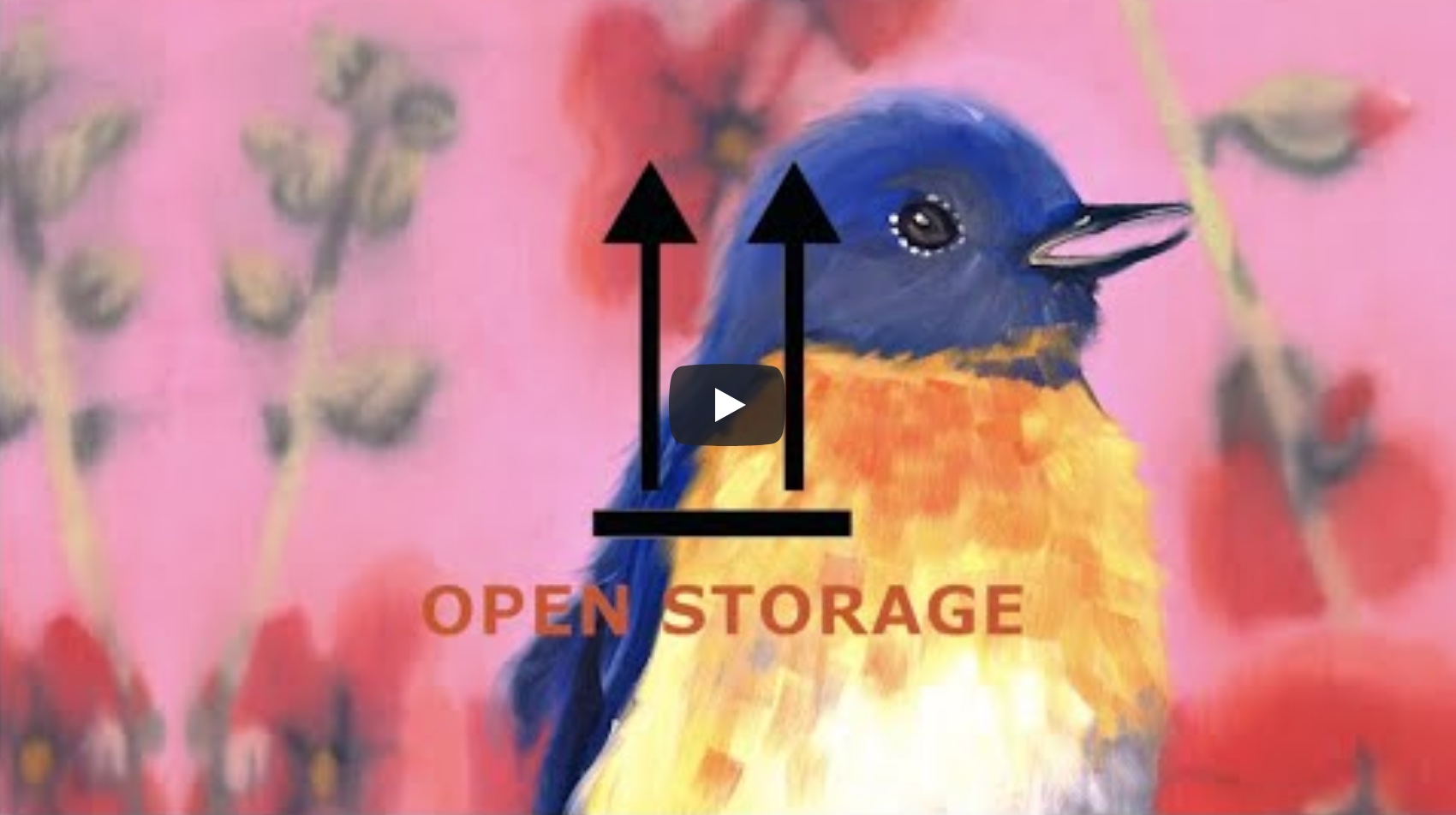Collezione Maramotti, opened to the public in 2007, is a crystal from art collector and founder of clothing giant Achille Maramotti’s passion for art. It is an accumulation of his aesthetic perspectives and taste, housed in the very first Max Mara factory building in Reggio Emilia, Italy. With a total of over forty rooms for exhibiting art, around 230 from the collection are on permanent display.
LARRY’S LIST spoke with the director of Collezione Maramotti, Sara Piccinini, who works with the Maramotti family and her dedicated team in managing the museum and the collection. She explained how the first Max Mara factory was transformed into an art museum; the missions of Collezione Maramotti; the selection for the Max Mara Art Prize for Women; how Collezione Maramotti has been adapting to the since circumstances since the past year. She also shared her most memorable at Collezione Maramotti and the upcoming programs this year that one should not miss out.

The legacy of Achille Maramotti
What was late Mr. Maramotti’s motivation behind opening publicly accessible space for art? Why is it important for him to share his collection with a wider public?
Achille Maramotti first had the idea of creating a public collection of contemporary art in the 1970s – his plan was to create an institution open to anyone interested in both the aesthetic and intellectual appreciation of art. Unfortunately he died in 2005, two years before Collezione Maramotti opened to the public, but his children, who are also collectors, are continuing the process their father began.
Can you explain how the first Max Mara factory was transformed into the current art space?
The design for converting the industrial building into an exhibition space was finalised in 2003 – the year the company moved to a new headquarters north of Reggio Emilia – and the work was completed in 2007. The British architect Andrew Hapgood took great care to preserve the original features of the building. Designed in 1957 by local architects Antonio Pastorini and Eugenio Salvarani, it had many innovative and versatile attributes including a stylish widespread use of reinforced concrete and large windows that provided excellent natural lighting and ventilation. Hapgood’s most significant changes involved three areas: improving access to the building and changing the orientation of the entrance; creating offices, service areas and exhibition spaces (including a two-storey room between the first and second floors to house a large-scale work by Claudio Parmiggiani); and installing lighting systems suited to the building’s new function.

What are the missions of the Collezione? What are the ways to achieve these missions?
Collezione Maramotti is a private institution launched and developed by a family of passionate collectors. As such, it constantly strives to encourage personal discovery and research, aims to put artists at its centre, and fosters an aesthetic and intellectual approach to contemporary art in its various forms and painting in particular. And this is all shared completely free of charge with the public.
Visiting the collection has always been free – booking is essential, and visits are limited to 25 people at a time (currently 15 due to Covid restrictions), accompanied by a member of staff who can adapt their role and the information they provide to the type of visitor. The only “condition” we set for those visiting the collection is that they take the time required and spend at least two hours immersing themselves in the art.

The collection
How many artworks are in the collection and how many of them are displayed in the museum? Where else is the collection displayed?
The collection includes several hundred works, of which around 230 are on permanent display. The numerous works not on display are kept in our storage facilities, but they are often used in temporary exhibitions at Collezione Maramotti, or loaned to other Italian and international institutions. Some of the works are currently on display at Max Mara’s office in Milan; and in the past, various works could be seen in the corridors and public spaces of the company’s headquarters in Reggio Emilia.
How do you decide what from the collection to show in the museum?
The initial selection process in 2007 was based on the importance of the works, both from an historical and artistic viewpoint and in terms of the collector and his relationships with certain works and artists. The artworks, some of which date back to the late 1940s, are displayed in chronological order, as well as reflecting the gradual development of the collection over time. This most ‘historic’ part is permanent, and has undergone very few changes since it opened. In 2019, however, we decided to revamp the museum’s final ten rooms (out of a total of over forty), which included works from the 1990s and early 2000s, to showcase a selection of more recent projects, to demonstrate that the collection is still a work in progress. We may update it again in a few years’ time.
What are the considerations before you acquire any artworks for the Collection?
It is a strictly personal choice made by the collectors, the Maramotti family.


On the operation and programming
How does a typical day look like as the Director of Collezione Maramotti?
One day can be very different from the next, there is always a lot of variety. I am mainly responsible for coordinating and supervising everything involved in managing the collection, from exhibitions and events to books, marketing, conservation and so on. But I am also in constant dialogue with the collectors and the artists, and with the various individuals and institutions we work with.
What is the structure of your team? How does that facilitate the operation of the Collection and the space?
Our team currently comprises eight members of staff and two interns. Each person is responsible for specific areas, but they are all involved in the daily workflow, which requires flexibility, inventiveness, curiosity, an enormous sense of responsibility and teamwork. Many of us have been working side-by-side for years, with a shared passion that leads us to take the utmost care over everything we do.

How do you select the winner for the Max Mara Art Prize for Women?
The shortlisted finalists and the winner of the Max Mara Art Prize for Women are chosen by the Whitechapel Gallery, the prize’s partner. The panel of judges, which changes each edition, is always chaired by Iwona Blazwick, Whitechapel’s director, and is made up of women who work in the sphere of contemporary art – usually an artist, a gallery owner, a collector and an art writer or critic. It is worth highlighting the exceptional quality of the choices made by the judging panels over the years – the winning artists have gone on to have brilliant careers, with two – Laure Prouvost and Helen Cammock – subsequently winning the Turner Prize. The winner of the latest, eighth edition of the prize, Emma Talbot, has just begun her residence in Italy, and in March this year was involved in the CIRCA project that saw her art displayed on the large screen in Piccadilly Circus in London.
What are the challenges you have encountered while managing the collection and the space? How have you overcome them?
The most difficult challenges often arise when developing new projects, where we invite emerging or mid-career artists to put together a corpus of works specifically for our spaces. This might be a series of paintings or large, complex installations that take up more room, but it always involves direct, ongoing dialogue with the artist, exchanging ideas and providing support – sometimes for more than a year, and sometimes even continuing beyond the end of the exhibition. For example, we are still working with Margherita Moscardini, whose project “The Fountains of Za’atari” we presented in 2019 (including a permanent public sculpture in a park in Reggio Emilia). We recently published her artist’s book, and have decided to dedicate an entire room to her in our permanent collection. Her project was designed to be spread as far and wide as possible, and provides a device for reflecting on refugee camps as urban spaces that are destined to last. We therefore wanted to create a physical space so we could continue to promote it.


The past year has been a special period for museums or art organizations. How has Collezione Maramotti been adapting to the circumstances?
In 2020, we had to postpone a few exhibitions and change our plans in response to the pandemic, but nothing was cancelled, and we are continuing to work on both current and future projects.
We have also investigated new ways of imagining and describing the collection, despite being well aware that the physical, intellectual, and emotional experience of visiting the works in person is impossible to replicate – something that has been put in even sharper focus by the forced isolation we have suffered in recent months and the enthusiasm with which people returned to Collezione Maramotti as soon as we were able to reopen. We have created new digital content: videos on works in storage and materials not on public display from our library and archive; a series of podcasts (currently only available in Italian) in collaboration with Doppiozero, an open cultural space for the exploration of ideas and development of innovative cultural projects involving authors, critics, journalists, researchers, and scholars from a range of disciplines; and #paroledartista, small cartes blanches in video format sent to us by various artists whom we invited to share their thoughts on what they are up to and their research. We aim to continue to create ways of looking in more depth at our art and expanding our content in the future, with a more long-term perspective.

How is the programming in 2021? What are the special upcoming programs that we definitely should not miss out?
“Mollino/Insides” – an exhibition featuring paintings by Enoc Perez and photographs by Brigitte Schindler and Carlo Mollino dedicated to Mollino’s final, mysterious, symbolic and uninhabited house in Torino – runs until 4 July. Until 25 July we are exhibiting “HOW TO BE ENOUGH”, a work on paper conceived by ruby onyinyechi amanze for our Pattern Room, which saw her working on a monumental scale she has never previously explored and expanding her research into drawing, space, composition, dance, poetry and issues of identity. From mid-June to the end of the year, in the rooms housing the permanent collection, we will present “Show Case”, a selection of documents, artist’s books, articles, and various materials from our archives that provide broader context on the approach taken by some of our featured artists, including Alighiero Boetti, Eric Fischl, and Ellen Gallagher.
In October, we will unveil a project by TARWUK, a Croatian artistic duo based in New York, who will present some new sculptures and a series of drawings. At the same time, there will be a group exhibition focused on artists’ studios, a hybrid between an exhibition of materials from the archives (both past and present) and artworks, which is shaping up to be very interesting. Finally, at the beginning of November, we will host the Belgian dance troupe Peeping Tom: the choreographer, Gabriela Carrizo, is devising a site-specific performance for our spaces in dialogue with the works on display, which has just won the prestigious Fedora Prize.


The most memorable moment
What was your most memorable moment since you joined the Collection?
One of the most intense moments came two years ago with “Rehang”, when we redesigned ten rooms in the public collection. It stemmed from a desire to build a more stable platform for projects that began as temporary exhibitions, and to provide an overview – albeit incomplete – of over ten years of work and exhibitions whose artworks have become part of the collection, elements of a shared process that is expanding all the time. Planning it and putting it into action, including working together with the artists, was extremely exciting. All the artists involved attended the launch, and this provided an opportunity to catch up and celebrate their continued relationship with Collezione Maramotti over the years.
What do you think are the key elements that determine the success of a private museum?
The ability to respect its own identity, and take advantage of its uniqueness and the opportunity it provides for an unrestricted personal journey, imbued with the pleasure of discovery and sharing.
What are your visions for the Collezione in the next five and ten years respectively?
We will continue to promote the work of artists who are little known in Italy, and in general, to support them with their ambitious art projects. I don’t envisage a change of approach in the next five or ten years; the collection will continue to grow organically and consistently, and we will forge new connections with like-minded institutions and individuals.
What is your advice to collectors who may be thinking about building a private museum/foundation/publicly accessible space?
As I am not a collector myself, I don’t feel qualified to give advice. But I believe the strength of private collections lies in their unique nature, and the way they reflect the choices and approach of an individual or family.

Related: Collezione Maramotti
By Ricko Leung





